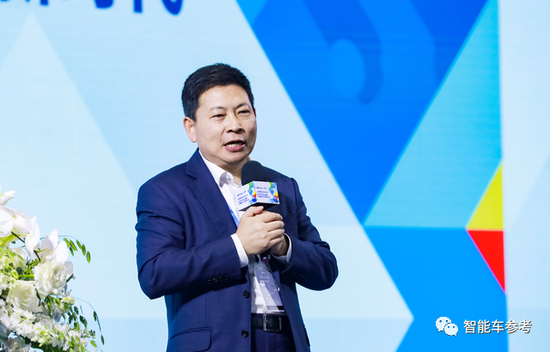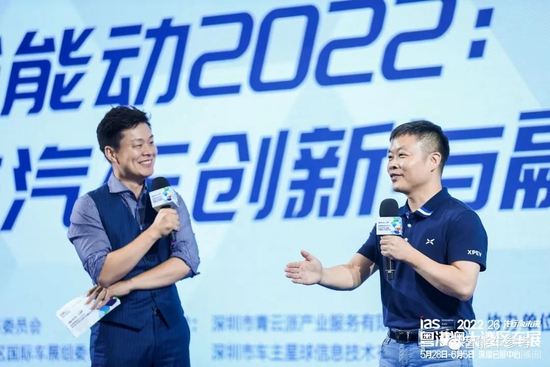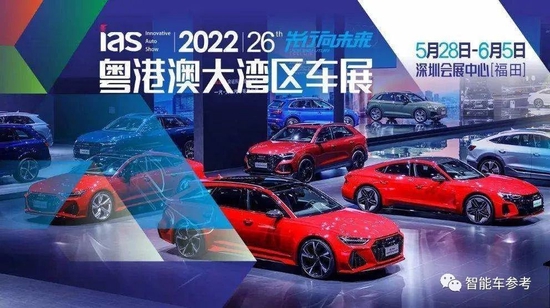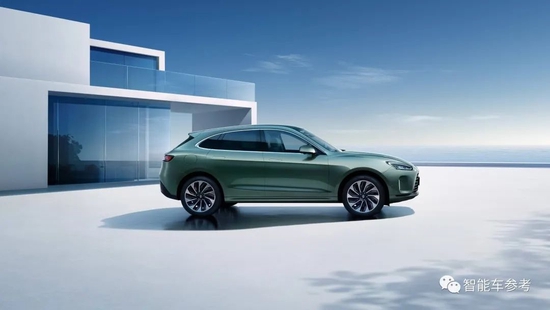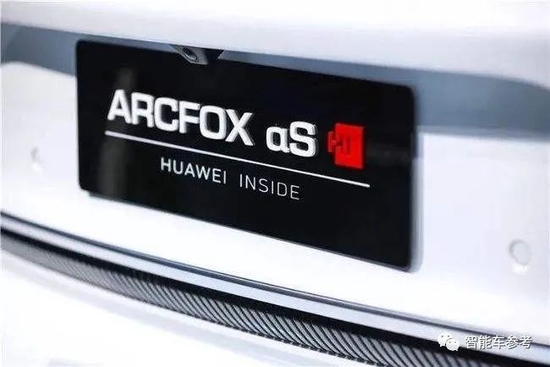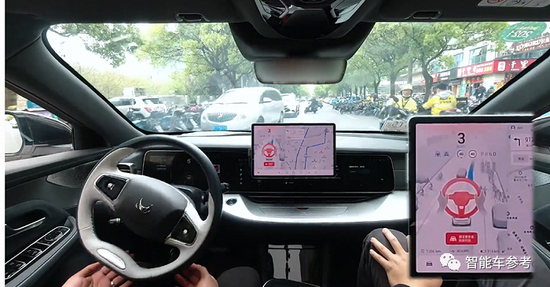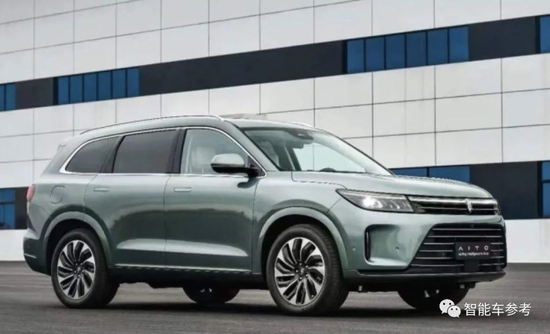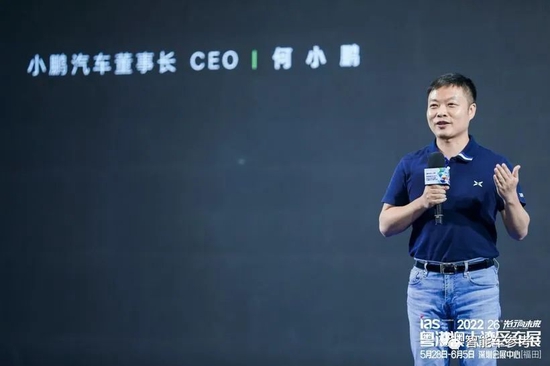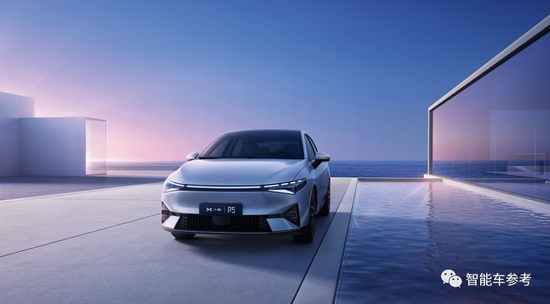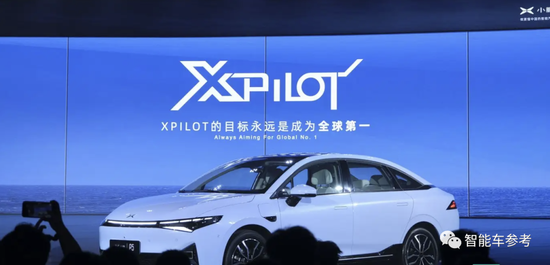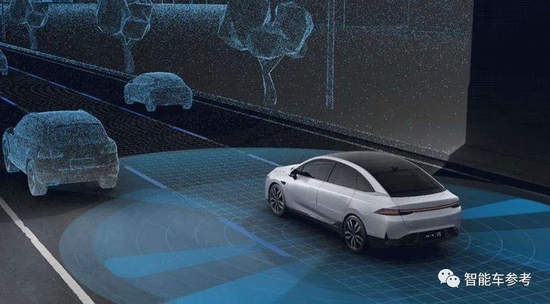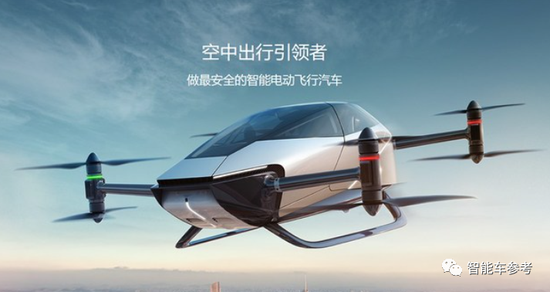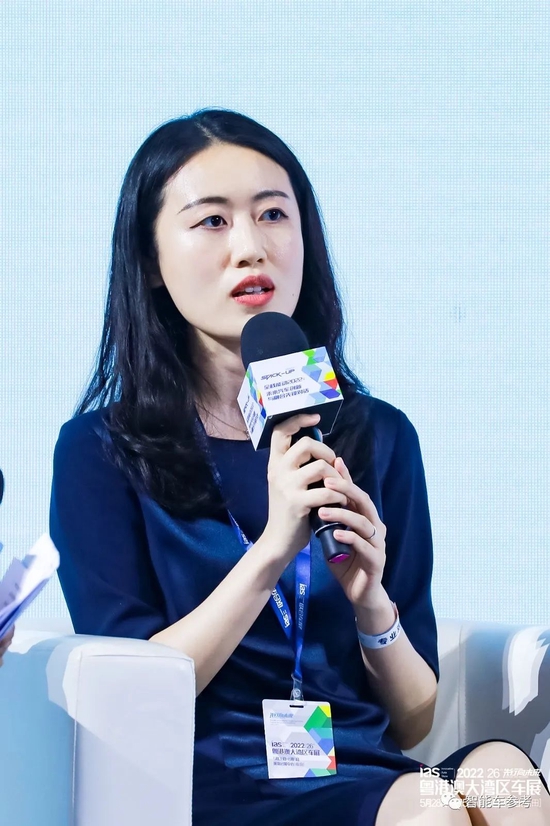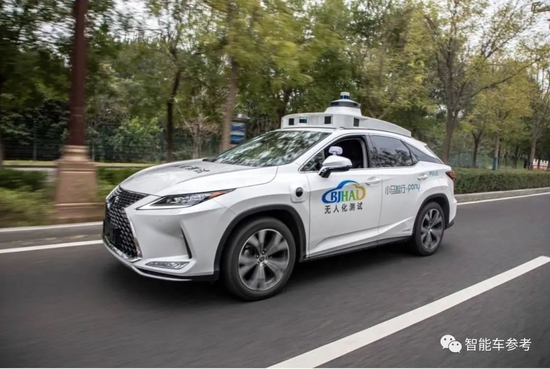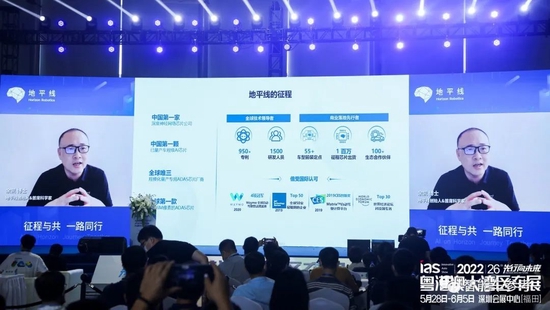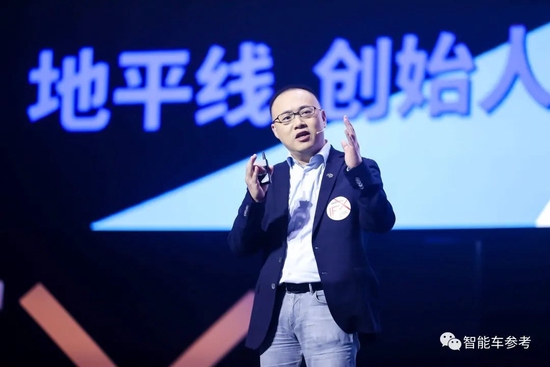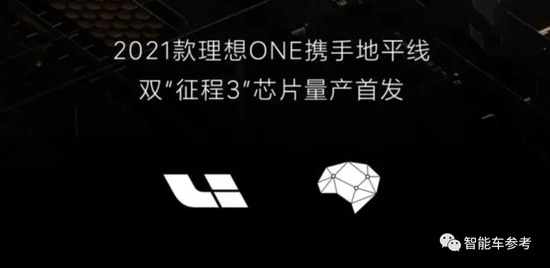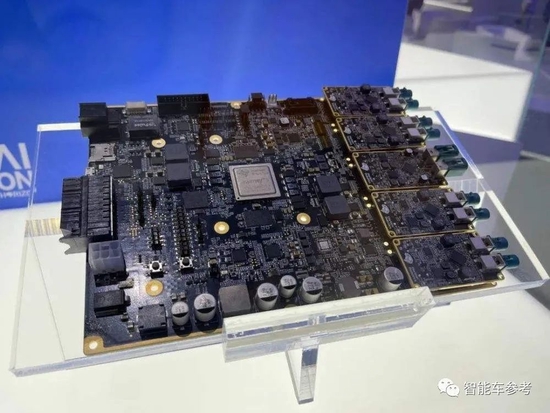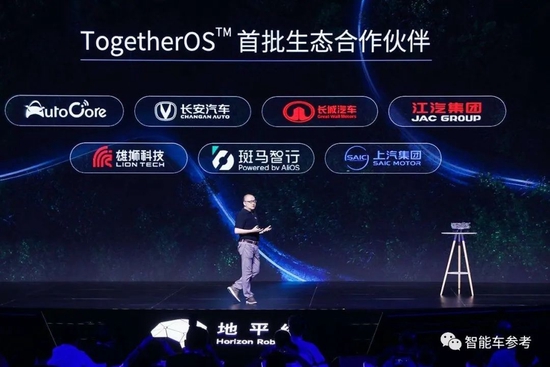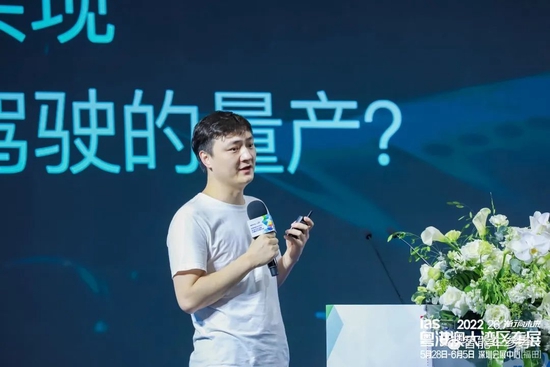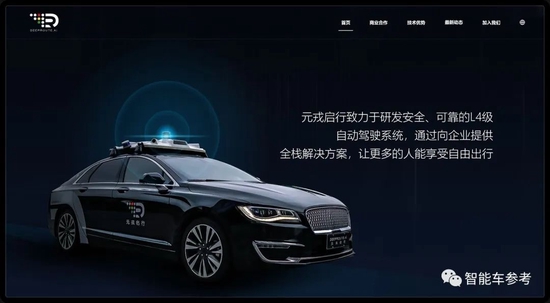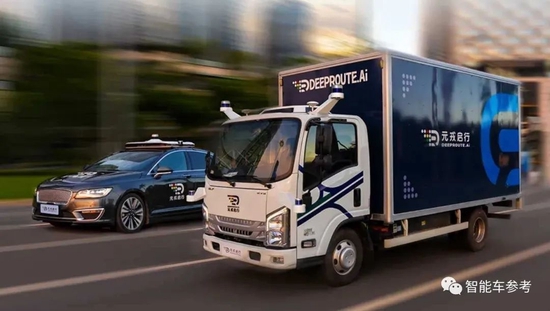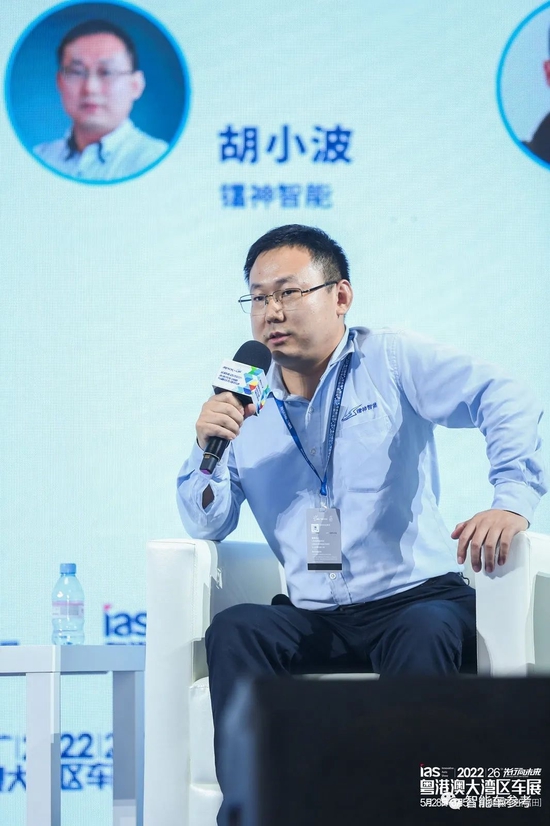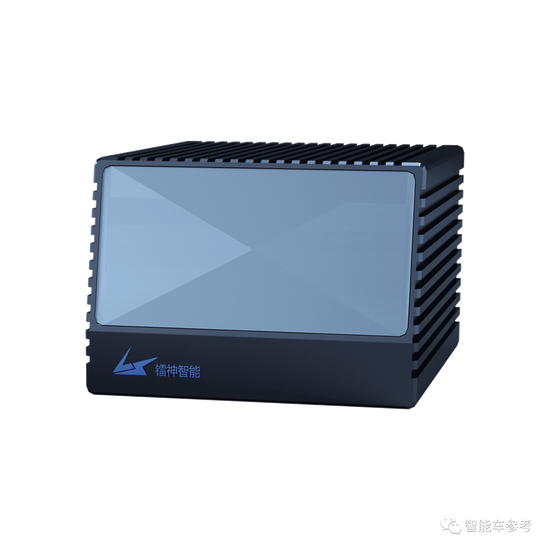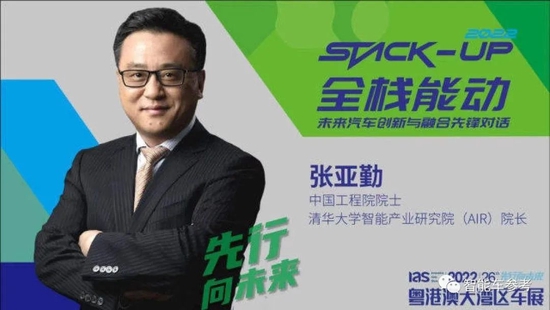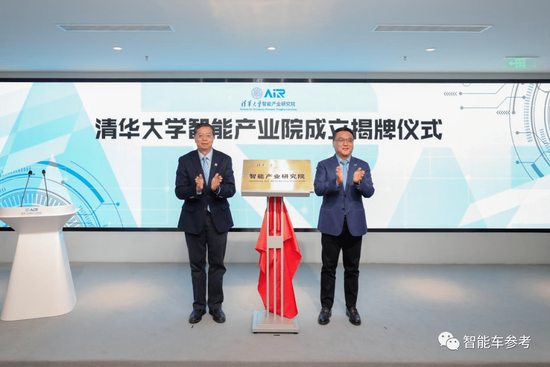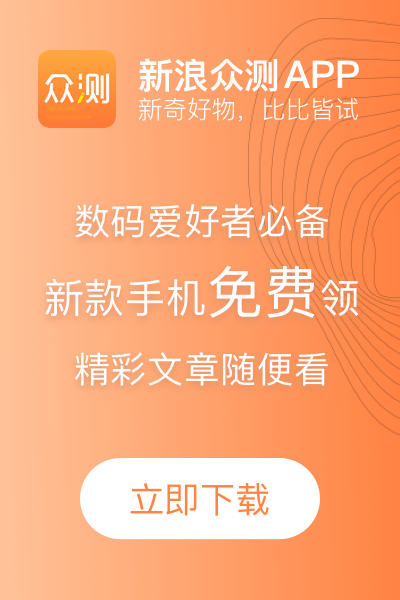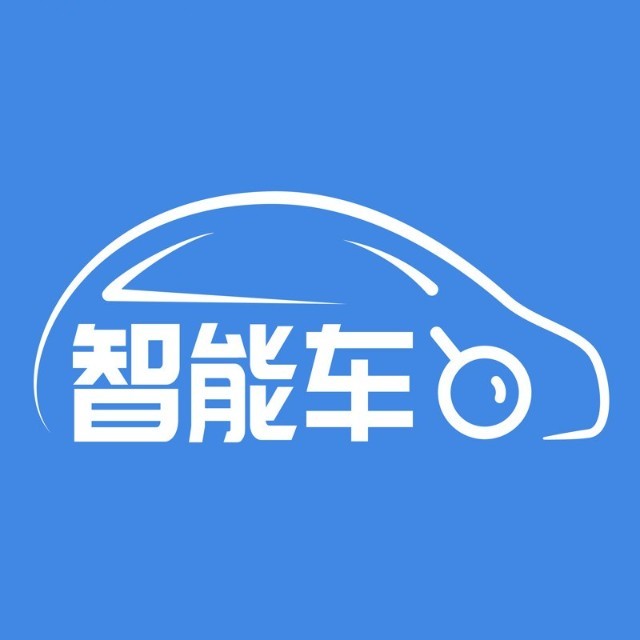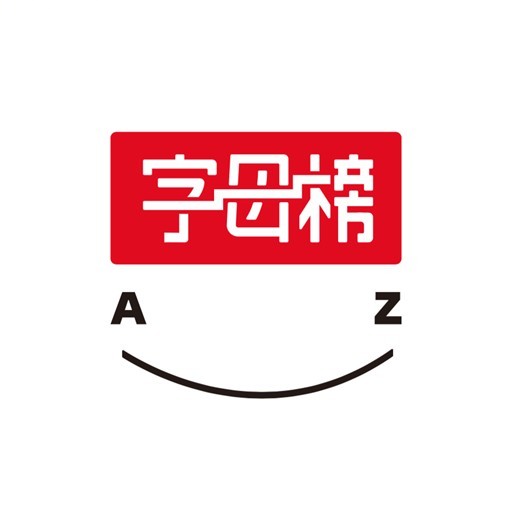Welcome to follow the WeChat subscription account of "Sina Technology": techsina
By Jia Haonan
Source: Smart car reference (ID: AI4Auto)
The bosses are suffocating.
Yu Chengdong of Huawei said that the M7 of Interworld would be able to "hang" the Elfa and Lexus. Then came the DISS fuel car, saying that the experience was so poor that "there are 10000 alpacas running inside".
Yu Chengdong "fired". He Xiaopeng, chairman of Xiaopeng Auto, could not sit still and said that after hearing this, he would like to throw shoes on the stage.
However, Yu Chengdong was immediately "mocked" after finishing his mouth addiction. The domestic laser radar start-up Lashen Intelligence said:
I advise Yu not to do laser radar. You can't do that with us
In addition, with regard to intelligent driving, China's automobile industry should take the ecological route of opening and cooperation, or bind itself to giants to make customized products. All parties also have a fierce battle.
These fresh comments and opinions come from the ongoing Guangdong Hong Kong Macao Grand Bay Area Auto Show.
Outbreaks, lack of cores, layoffs... The domestic auto industry has been constantly shaken, and this auto show has also become the first important event in the auto circle this year.
Industry leaders naturally have a lot of things to say.
What slots have you vomited, what difficulties are there now, and whether the future is promising? We will help you sort out the wonderful comments of celebrities.
(The content is from the guest speech transcript, and is only edited for reading fluency.)
Yu Chengdong of Huawei: "The era of fuel vehicles will end quickly"
"Buying a fuel car is like buying a functional machine"
Today's era is really a big one. The core of the new four modernizations is intelligence. The new four modernizations move from cars to networking, electrification, sharing and intelligence.
The intelligent connected electric vehicle needs continuous iterative upgrading, and relying on the traditional mode can no longer create a truly competitive product. However, there are still some traditional car companies whose thinking is still difficult to change.
After experiencing the intelligent cockpit products of some traditional car companies, I felt that their user experience design was simply anti human and abusive, and the experience was so poor that I had ten thousand alpacas running in my heart and wanted to scold people.
For example, there are only three intelligent networking core components in Tesla's listed cars, while there are at least more than 20 traditional car manufacturers. In cooperation with Huawei, they need to invite bids and provide designs separately.
This model can't compete with the intensive, low-cost and high reliability of the three parts of others. This model is very vicious.
It is not really competitive to do smart cars in a discrete and decentralized way.
The era of pure fuel vehicles will definitely end quickly. If you buy a fuel car today, it is the same as when smart phones first came, people still felt that it was not good enough and they were still buying functional phones.
In the era of feature phones and the second generation smart phones, Nokia is the king of the world. Its profitability and scale are far more than the sum of the second to the old N, but even in this case, it cannot avoid the fate of collapse. This is likely to be the case in the automotive sector in the future.
In today's intelligent connected electric vehicle, a lot of investment is not in chassis, engine, wave box, mold opening, but in software costs, cloud costs, algorithms, software costs, which is the largest human investment.
The times have changed. Without large investment, it is difficult to lead and survive in competitiveness in the future. From the perspective of future trend development, this is an inevitable trend.
I think the advent of the smart car era is just like the arrival of the smart phone era in those years. It is a general trend and a historical necessity. This era will certainly accelerate its arrival.
How does Huawei make cars?
I personally manage Huawei terminals and vehicle BUs, because they have synergy value. We use the experience accumulated by ToC to drive vehicle solutions.
The first business model of Huawei BU was to sell parts in the past. This model is simple, but it can no longer adapt to today's era of intelligent connected electric vehicles. It needs continuous software upgrading, operation and iteration, like an Internet company.
Later, Huawei built the Huawei inside mode and provided the full stack mode to the car factory. However, the car factory completed the design, control, OTA version upgrade, car experience and design of the whole car.
We found that some leadership ideas of traditional car factories may change, but the real workers are still the old model, which is difficult to change.
If they follow their simple model to make product solutions, they will scold us if they can't sell their cars.
Therefore, Huawei has now implemented the optional mode. On the basis of HI, Huawei's end consumer business team helps customers to optimize the appearance design, interior design, industrial design, and user experience design.
I deeply feel that in the automotive field, there may not be more than 4 mainstream manufacturers surviving in the world in more than 10 years.
Today in the exhibition hall, there are many brands, including international giants, and some unknown ones. Most of them may disappear in the future. A few giants will survive, but it will take time to complete them, not so fast.
How does Huawei do automatic driving
Intelligent driving and intelligent cockpit are Huawei's largest investments, with 6000 or 7000 R&D personnel directly invested.
Automatic driving provides a stack up solution, including chips, hardware, sensors, laser radars, cameras, etc., plus a complete set of software for on-board computers, as well as the cloud.
Huawei has established an AI cluster training server network in Shenzhen, and deployed AI cluster training cloud networks in many cities across the country.
We can quickly realize tens of millions of kilometers of road experience through cloud simulation and simulation training. The car owner keeps driving on the road, forming a large amount of data, training, and cluster training and learning in the cloud.
In recognition, we use laser radar to identify moving objects and static objects, which can comprehensively perceive and identify road conditions. Technologies like this are designed to reduce the probability of traffic accidents, and do not completely rely on the recognition training and learning of AI cameras.
Now automatic driving still uses high-precision maps, but the future development and construction of stronger capabilities should not rely on high-precision maps. It's like everyone doesn't have a high-precision map in his mind, and he knows the general way to go.
Therefore, relying too much on high-precision maps and vehicle road coordination is unqualified intelligent driving and automatic driving.
The future development trend should not depend on it. It is better to have it, and it can work well without it. This is our goal.
Interrogation M7, "Delivery at the end of July"
Due to the epidemic situation in Shanghai, the release of M7 was delayed. Originally, M7 would be released to the market, but now it is expected to be released at the end of June, and the car will be delivered to consumers nationwide by the end of July.
The M7 has a compact external dimension, but a large internal space. It is a large luxury SUV with six seats.
The comfort level exceeds that of all luxury cars, high-end cars and MPVs, including Alpha.
It's easy to make the car bigger. It doesn't cost much. The steel cost of widening and lengthening the wheelbase can be ignored.
But the car is bigger and it is difficult to park in the city, so we have to make the exterior compact and the interior large, which is our ability.
M7 will provide the added program and pure electric version, but it is a differentiated product with core value, not a repetitive wheel.
In addition, after the launch of the M5, the user reputation was very good. The delivery of the vehicle started in March, and the delivery volume exceeded 10000 units in just a few months.
He Xiaopeng: Wants to throw shoes at Lao Yu
Four years ago, I took part in the China Auto 100 People's Meeting for the first time. I saw a lot of auto tycoons, so I was cautious in speaking. If Lao Yu (Yu Chengdong) had said like this at that meeting, I would have thrown the shoes down.
Finally, I heard from Lao Yu that the M7 surpasses the millionaire car in the world. I also want to throw a shoe on it. When Lao Yu talks about the third car, I will see what adjectives he can use.
Talking about car building: I was trapped when I entered the industry
The coupling of intelligent, electric and automobile makes innovation also reflect a new change, but can we do this innovation well with different ideas? I think there are at least three parts.
First, the more I enter the automotive industry, the more I feel that whether it is smart cars or new energy vehicles, the core is cars. Because cars are a large amount of consumer goods, and are also related to people's life safety. When we talk about innovation in the automotive field, we must do a good job in the automotive field after we have good ideas. No matter how the automotive industry develops, the nature of cars is difficult to change in a short time.
Second, today's discussion around automobile innovation actually returns to the bucket theory. In the original scientific and technological industry, we should pay attention to the long board theory, or the price is also a long board, so that about half of it is also a long board. But the bucket in the automobile field must not have short boards. You can have one or two long boards, but there must be no short boards, Therefore, the barrel theory in the automotive field is very important.
Third, from the perspective of future automobile innovation, the final stage of the whole process is scale commercialization. When I first entered the automobile industry, I was hurt by a sentence. Many people asked Xiao Peng when he would build 100000 cars?
So I naturally think that 100000 vehicles/year, even if there is a certain scale, has certain benefits. Finally, it was found that 100000 yuan is only one of them, and the scale of production and sales of hundreds of thousands of years can make profits from income.
How much investment does innovation need? In the past, we thought that it would cost 20 billion yuan to build a car, and 30 billion yuan would be needed before making a profit to build a car globally and sell it well.
Get the maximum value quickly with a small R&D cost. In the previous Internet, this logic makes sense.
But in today's smart car system, the time, intensity and investment of R&D are very important. This year, the R&D expenditure of Xiaopeng Auto in the ecological and automotive system has reached 8 billion yuan, which is believed to be in the top ten in China's automotive industry.
There are nearly 100 automobile enterprises in China, and most of them must improve their research and development. The research and development expenses of Tesla and Huawei are always $78 billion. Therefore, another point of innovation is whether they have enough capital and patience.
On automatic driving: there is no right or wrong route
From the perspective of mass production, Xiaopeng's intelligent driving is different from other companies in five aspects.
The first point is how to make intelligent driving fast and full scene.
Can we drive in the whole city, in the suburbs, across this city, across China and overseas, and in the future, without GPS, signal, snow and ice, and outside China?
This is the most important. High precision maps must be a transition, and the combination of cloud is only an aid. It is really automatic driving to be able to open all areas.
Second, many people who do intelligent driving do not consider what is called safety.
In the safety system of intelligent driving, it is far from enough for you to achieve the safety of 10 to 5, because the user's behavior is uncontrollable, and the road traffic is changing every day. One safety accident is a complaint, and one serious safety accident is a serious complaint.
The longer you work as an intelligent car, the higher the priority of safety will be, not only at the level of consciousness and words, but also at the level of action. The logic of technology cost is different.
The third point is cost.
When doing science and technology, the Internet can be developed and used N times at a time, but cars are different. For example, how to reduce the cable length from 2 kilometers to hundreds of meters, and how to combine several domains into one domain to ensure cost and security is a huge challenge.
Fourth, data.
At present, most of the autonomous driving companies have accumulated millions to 120 million kilometers, whether they can reach tens of millions of kilometers a day, and whether they can make the cost of simulation and cloud planning low enough is the key to who can finally reach the destination.
The fifth point is high integration.
In the future, with the development of intelligent driving and even high-level intelligent driving, the intelligence of the whole vehicle must be integrated.
When entering the deceleration strip in the community, can you adjust the intelligent chassis and intelligent suspension according to the deceleration strip, so that you can pass the deceleration strip very comfortably, which requires the cooperation of the chassis and suspension.
Therefore, intellectualization will affect all parts of the vehicle, even tires. In the past, a car had about 20000 to 30000 parts and 250 to 400 suppliers. The number of suppliers will certainly decline in the future.
Xiaopeng is on a path of gradual mass production, but there is no wrong or right way to go with smart cars. Only by choosing different options, everyone can reach the end.
Flying car: to be popularized in 2025
On the other hand, I want to say that future automotive innovation must not only come from intelligence.
At present, Xiaopeng has a research and development team of about 700 people in the field of aircraft. Xiaopeng Automobile is responsible for helping to build cars, and the flying car team is responsible for the coupling of aircraft and cars.
From 2025 to 2030, we will see a new way of life. In the city, there is high-level automatic driving, even unmanned driving. In the commute scene of 100-200 kilometers in the suburbs, we think that the aircraft with a speed of about 100 kilometers per hour is more suitable.
How to solve the security problem? Our current goal is to fly 7 meters to 15 meters high. It is inevitable that safety accidents will occur in flight, no matter how high safety level of flying cars you make.
But how to avoid death, injury, or minor injury in the event of an accident is the most important direction for the industry.
Flying cars are also an innovation. It is an innovation in the form of cars. We hope that flying cars will become 700 kilometers on land and dozens of kilometers smaller in the air. This is a different change. This change will start around 2025. I believe that it will reach thousands of households in 2035 and 2045.
Mo Luyi, Vice President of Xiaoma Zhixing: There is no real gap between automatic driving in China and the United States
What will smart cars look like in the future?
Automatic driving is the most critical core technology of intelligent vehicles in the future. The ability level of automatic driving determines the intelligent level of a future vehicle.
Why is automatic driving not in mass production?
It is important to ensure the coverage of the whole technical scene before mass production.
What Xiaoma Zhixing does is driverless, and the requirement for safety is much higher than that of manned driving. Therefore, this will require different modules in the upstream and downstream ecological chain, including the laser radar and other complete automated driving hardware systems we just talked about.
The standard, reliability and mass production capacity requirements of vehicle specifications must be met. It is not just a matter of whether the technology itself is mature, but also needs the whole ecological chain to be further mature.
Further mass production of automatic driving also requires the improvement of policies and regulations, opening more roads, more scenarios, not only opening up, but also more standardized management and perfect system, including how to determine responsibility for safety issues after going on the road.
The whole industry, including Xiaoma Zhixing, is actively cooperating with relevant regulatory authorities, government and academia to further improve the whole management system.
We should make adequate preparations for the early stage of mass production, from the perspective of the perfection of the industrial chain, technology and regulations, so that the time point of unmanned mass production can come as soon as possible.
Compared with the United States, there is no obvious difference in automatic driving
Xiaoma Zhixing was founded in Silicon Valley in the United States at the end of 2016, and began to lay out our R&D center in China in 2017.
Since 2019, we have conducted a large number of tests on China's open roads to accumulate data.
The United States has the first mover advantage and has invested at least ten years earlier than us. But we see the overall trend of development. China is catching up very fast.
To this day, I don't think there is an essential technological gap between us and the United States. Especially in complex road scenes, our automatic driving technology is actually very advanced.
Today, on the streets of China, in the first tier cities of Beijing, Shanghai, Guangzhou and Shenzhen, including Xiaoma Zhixing, friends and businessmen, driverless vehicles have been tested and operated daily on the road, especially in Guangzhou and Beijing, where driverless automatic driving tests are routinely carried out, and in Beijing, driverless vehicles are open to local residents.
China's better ecological environment and faster policy breakthroughs make me believe that China is absolutely capable of overtaking at corners in the field of automatic driving. I believe that in the future, China will lead the world in the development of automatic driving, rather than chasing the United States.
Yu Kai, founder of Horizon: How can the car factory break its "helpless mediocrity"?
From the perspective of horizon, what we are most concerned about is what kind of development trend will it show with the development of intelligent cars, the entire chip operating system and the upper layer applications?
As the third generation of intelligent terminals, smart cars are undoubtedly very exciting and eye-catching Chinese brands. We have Weixiaoli and many other players. But in such an era, we have a question: can Chinese manufacturers make a difference in chips and operating systems? This is a question that Horizon hopes to answer.
In the era of intelligent cars, there is a rich application ecology and technology ecology support at the bottom of the vehicle factory. The more you go to the application layer, the greater the possibility of its user experience differentiation. But the more it goes to the bottom, the smaller its differentiation is, but the higher its R&D cost is.
The question that this brings is, how can we define our role for each player in the entire innovation chain? I think that China's independent brands face three paths and choices in terms of intelligent strategy.
The first path is to embrace the whole stack of intelligent solution providers, which are usually some giant enterprises. They package the entire integration of sensors, chips, algorithms, software, hardware, and controllers, and then give them to our vehicle manufacturers.
In fact, I think it is a helpless mediocrity for automobile manufacturers. Because of the core technology and the leading power of the future innovation differentiation, the car factory is actually under the control of others.
The other end is vertical self research. For example, Tesla and Apple in the mobile era have very outstanding and successful cases, but it is an outstanding success case that is difficult to copy.
The third way, we believe, is ecological win-win. It is to create an open ecology. Every player in an ecology is a professional person who does professional things, cooperates with each other, and does something or doesn't do something.
Now the concept of smart cars has been deeply rooted in the hearts of the people, and the competition is very fierce. Timely launching products and creating links between users and products are probably the core.
Therefore, for most manufacturers, it is not necessarily the wisest to follow Tesla and Apple. Instead, they should embrace an open ecology. Horizon is such an open ecological believer.
Since 2019, we have launched a generation of intelligent driving chips every year in 2019, 2020 and 2021. Journey 2, Journey 3 and Journey 5 are all quite successful in commercial implementation.
Horizon has delivered millions of chips, about 60 models have been installed at the front, and about 20 car companies have cooperated with Horizon at the front. As a startup enterprise in the field of automotive smart chips for less than 7 years, this is still a good achievement.
We are still further thinking, as a chip manufacturer, can we be more open?
Here we have sorted out four modes of cooperation between chip manufacturers of automatic driving and vehicle manufacturers:
The first mode is Mobileye mode. A typical delivery relationship, not a collaborative relationship. Vehicle manufacturers are very passive to the software and hardware of automatic driving. Moreover, because it involves two different R&D cycles of technology and engineering, the innovation speed is very slow.
The second mode is called Nvidia mode. It is more open than Mobileye mode, and the whole vehicle development process is superimposed with the software and hardware system of automatic driving. The product definition can more affect the software and hardware systems of automatic driving, and the entire innovation cycle will be faster.
The third is the Totaler OS mode of Horizon. That is to say, for chip manufacturers, what we open is not only the application software layer above, but also the vehicle manufacturers and partners to develop, and even the underlying OS layer is open to our partners.
In this way, our partners and vehicle manufacturers will have more autonomy, more possibilities for differentiation, and the innovation cycle will be further shortened.
This is why, for example, in Chang'an Auto and Ideal Auto, it takes 8-10 months to achieve mass production of a brand new chip, which is unique in history.
The fourth mode, which we have just proposed in the industry, is willing to open the bottom shelf of the BPU chip, allowing qualified vehicle manufacturers to design their own chips for automatic driving, and participate in the development of operating systems and software and hardware systems for automatic driving.
Then the vehicle development is completely and seamlessly integrated with the whole automatic driving software and hardware system, from chips to operating systems to software.
For the whole vehicle, this mode can actually grasp the autonomy of innovation, and the speed of innovation iteration will be faster.
It can be seen that Horizon has always been adhering to the concept of creating an open, cooperative and win-win ecosystem. We should be more open than all chip manufacturers.
Our philosophy is "Journey Together, Journey Together" with our partners.
Yuan Rong Qixing CEO Zhou Guang: L4 passenger cars can be purchased in 2025
Yuanrong Qixing is the only autonomous driving company strategically invested by Alibaba. The name Yuanrong Qixing comes from the Book of Songs, which means that the company will march forward like an army.
Just now, Mr. Yu and Mr. He shared a wonderful speech. I will tell you how to achieve mass production of automatic driving from the perspective of automatic driving companies.
Automatic driving mass production must first have a car, as well as corresponding hardware and supporting infrastructure. As early as 2017, we were the first company in the industry to propose full integration of multiple sensors. It was successfully realized in 2018, and now the full integration scheme has formed the industry standard.
In 2019, we began to develop our own reasoning engine, which can greatly reduce the power consumption of our chip computing power.
After Ali invested in us last year, we carried out cooperation with mass production maps. The cars in Futian area use mass production maps instead of the maps collected by ourselves. This is a huge difference, which means that the car can also be driven out of Shenzhen.
In addition, we have very excellent planning and decision-making algorithms. The algorithm based on game theory can make the car very intelligent. Like the scene in the figure, the car can overtake and jam the left turn lane. This is a relatively difficult and rogue behavior in human beings, but automatic driving can do it, and the whole data closed-loop system.
With such a set of technology, how to carry out commercial landing?
We have investigated the market, and backed by investors, we believe that freight and passenger cars in the same city are the two most suitable scenarios for us.
The similarity of the whole scene of freight and passenger vehicles in the same city is highly similar, and the reusability of the whole technology is more than 90%. We can use a set of technical frameworks to achieve all scenarios. Today, Yuanrong Qixing has realized a set of framework services for mass production cooperation with OEMs, robot taxi, and local distribution.
When can I buy advanced automatic driving?
In the first stage, we have completed a low-cost solution for all unmanned driving capability within a certain range, and many investors and industry partners have tried our front mounted mass production unmanned solution.
The second stage is to cooperate with the main engine factory to put this scheme on the vehicle, which is expected to be completed by the end of 2024. By the end of 2025, you should be able to buy cars with advanced automatic driving system.
Hu Xiaobo, CEO of Lashen Intelligent: All driverless people should thank me
How did Lidar reduce its cost
The development of lidar is very fast.
I remember that in 2017, many start-ups that were driverless also used the ability to buy laser radars from the United States as their core competitiveness to raise money with investors, which was actually very funny.
I used to be called "Godfather of Fiber Laser" in Jianghu. One of my greatest skills was to reduce the original fiber laser 1.2 million yuan to about 12000 yuan, and the same is true for laser radar.
In September 2017, the Velodyne cost 8000 dollars for a 16 line set, and the speed of the Sagitar should be 46000 yuan. We reduced it to 22000 yuan. In 2019, the number of lines 16 will drop from 22 thousand to 12 thousand, and the number of lines 32 will drop to 28 thousand. In July 2020, we will make line 16 less than 10000 yuan and line 32 less than 20000 yuan.
So all the driverless people in China, whether you use Lassen's laser radar or not, should thank me.
Now, China's laser radar enterprises have made overall breakthroughs. I can say that if there is no political factor for these listed laser radar companies in the United States, they will be eliminated within three years if they let China's laser radar manufacturers go.
Technically speaking, the world's best TOF laser radar is now in Lashen. Our 150 nm fiber laser radar can even directly shut down your domain controller at 6.4 million points a second, and the price I give you is $1000. It's as simple as that.
We have planted the flag of Radium God on Mount Qomolangma of TOF laser radar, and I believe that no company in the world can do anything comparable to us in five years.
In addition, I would like to persuade President Yu that Huawei should stop making laser radars. He can't do that for me and Sagitar.
Automatic driving has pockets, so people can buy it with confidence
I had an accident in 2015 and had such a big cut in my head, so I am very concerned about safety.
Only by solving this problem can we really talk about automatic driving or unmanned driving.
To tell you the truth, automatic driving and semi-automatic driving from all the car manufacturers now are good. Unless there is any safety accident in the main engine factory, and it can be the same as the latest Mercedes Benz car, I dare to buy it. Otherwise, I will never buy it.
One more thing
Zhang Yaqin, an academician of the Chinese Academy of Engineering and the Institute of Intelligent Industry of Tsinghua University, will be familiar to the old readers who pay attention to AI.
Academician Zhang Yaqin is one of the most important pioneers and leaders in the field of artificial intelligence, both in academia and industry, from Microsoft Asia Research Institute, Baidu, and now Tsinghua University.
At the Guangdong Hong Kong Macao Auto Show, Zhang Yaqin also shared the latest thinking and progress from the perspective of combining production with learning:
First of all, Waymo and Baidu, the two most powerful giants in the automatic driving industry in the past two months, were commercialized in the highly complex megacities of China and the United States respectively, and there was no safety officer, which was a milestone in the industry.
Specifically, in February 2020, the National Development and Reform Commission, together with relevant ministries and commissions, issued the Strategy for Innovative Development of Intelligent Vehicles, which takes the infrastructure planning and construction of intelligent roads as an important national strategic task, and clarifies the automatic driving route with Chinese characteristics for the coordination of single vehicle intelligent roads.
AIR, the Institute of Intelligent Industry of Tsinghua University, actively responded to the national strategy. Last May, it jointly developed the Apollo air plan with Baidu to explore the no man's land where cars and roads work together in China.
This is the first and only vehicle road collaboration technology that uses pure roadside awareness to achieve L4 level automatic driving closed-loop of the open road continuous road network in China, and is an important technological progress in the field of global intelligent travel.
In addition, the research direction of AIR in vehicle road collaboration is also advancing, such as studying the theoretical basis of fusion perception, decision-making control, etc. of vehicle road collaboration, exploring the advantages and disadvantages of the three modes of vehicle road collaborative automatic driving in real scenes, and providing theoretical basis for industrial development.
(Statement: This article only represents the author's view, not Sina.com's position.)
